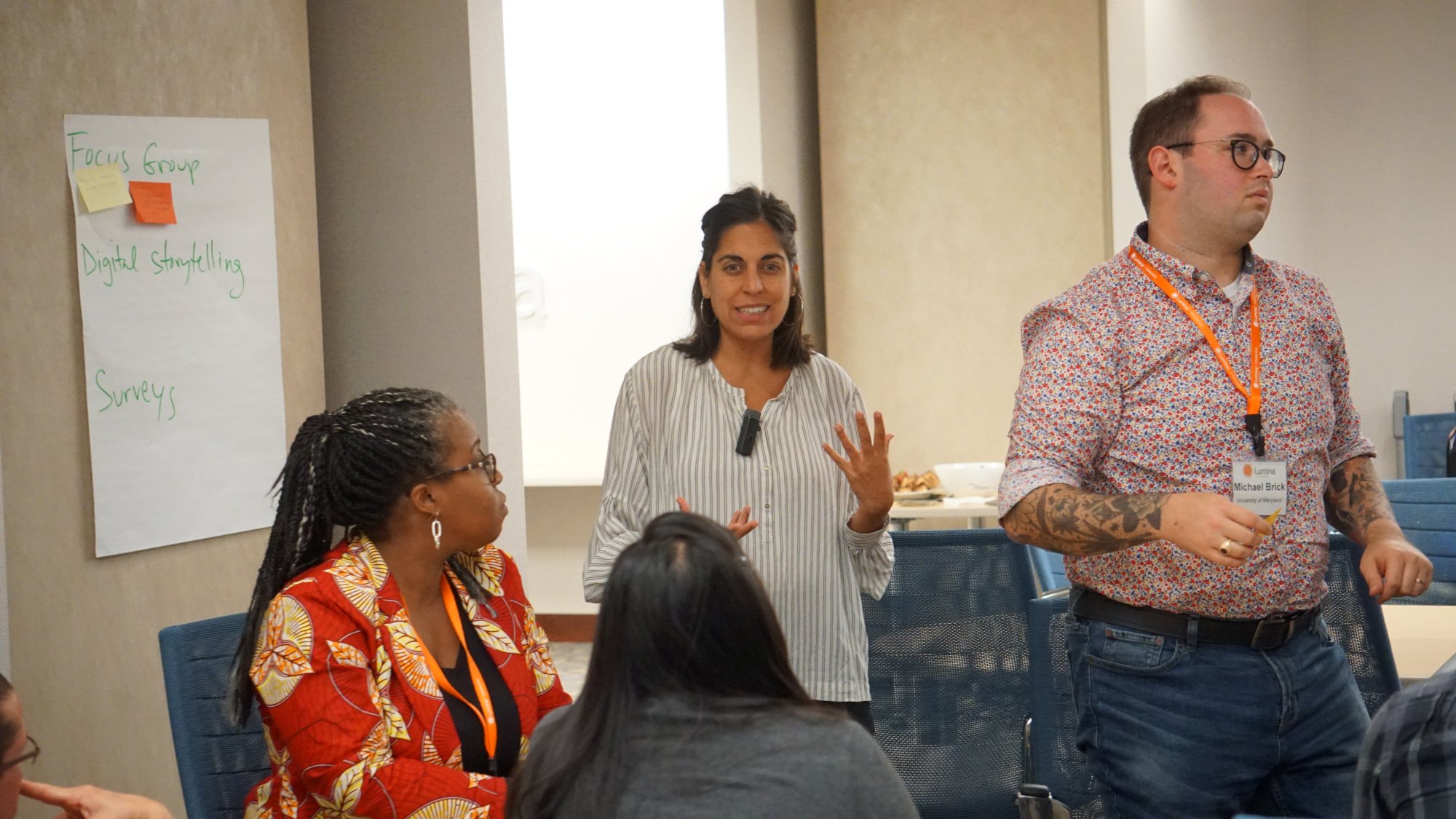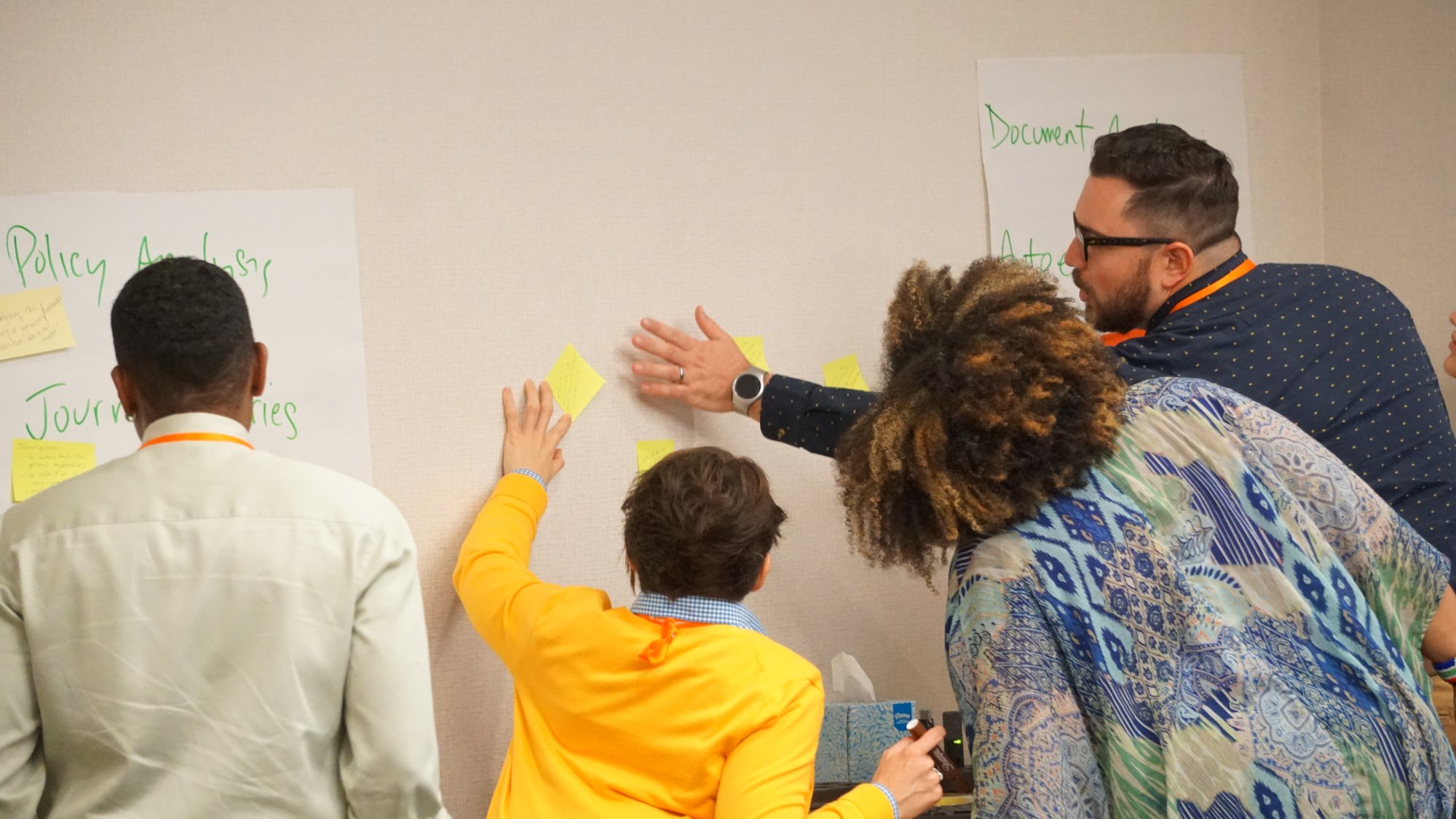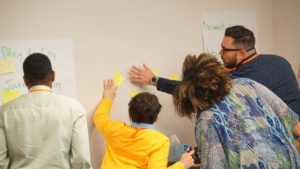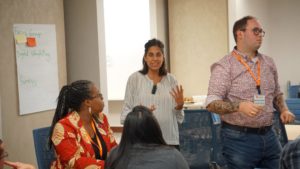Community Research with Association for Higher Education (ASHE)
At PARCEO’s recent workshop and presentation for ASHE’s Community Research Institute with higher education scholars, professors, and researchers from across the country, held in Indianapolis, Indiana, questions were raised and addressed that we’ve been considering together with many of the groups with which we partner, such as: Why and how is PAR a valuable framework for research? Who determines and what constitutes being “part” of a community and how does that manifest in terms of language, project development, and who is in the room making decisions from the beginning? And how does that relate to authorship and shared work? How do you even go about engaging in community research in academic spaces, with institutional, time and money constraints?
PARCEO partners and consults with university groups, academics, and scholars often, so these and other similar questions come up a lot. Supporting equitable and sustainable community research is a deep commitment and one of our main areas of work. Working with this group of activist scholars who are so deeply committed to asking themselves these questions with us helps us re-commit ourselves to engaging these quandaries. Of course there are no simple answers, but we know that asking these questions results in stronger, deeper work; better, more meaningful collaborations; a thoughtful, flexible and intentional process.
And it’s the revisiting that is also integral to our work. We consistently remind ourselves and those we collaborate with that the process of repetition, reflection, and rumination is integral to a PAR framework. We review and re-think the things we know, believe, struggle with, in different situations, and with different people, allowing for new revelations to come together in new formations. These shifting pieces are necessary to a responsive and truly collaborative community research process and project.
The scholars and educators involved in ASHE’s Institute are committed to the often laborious and time-intensive undertaking that these kinds of questions require. We look forward to seeing how their individual and collective interventions shape the field of Higher Education and research collaborations that are reflective, critical, and meaningful, both pedagogically and personally.
All photographs by






